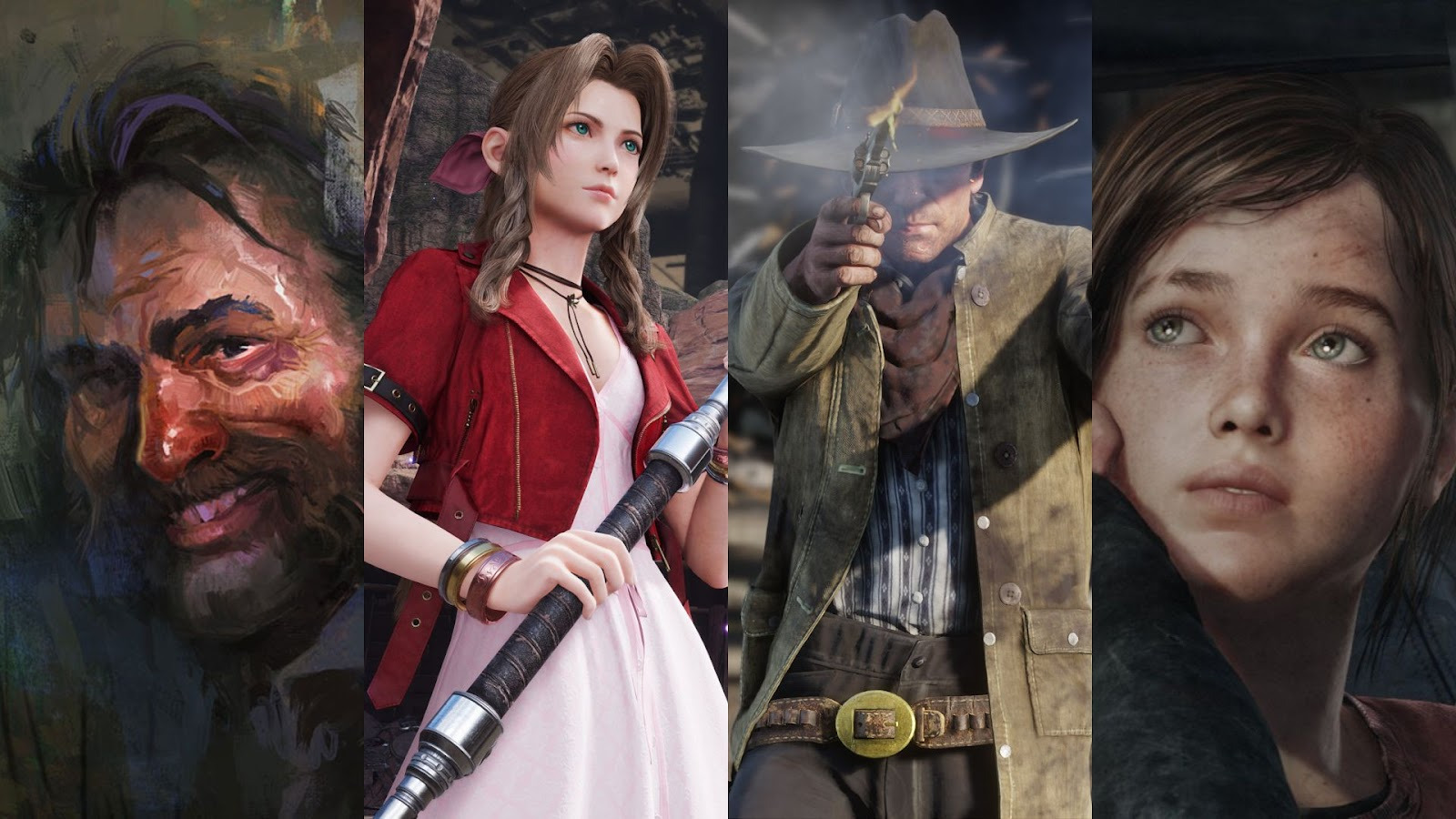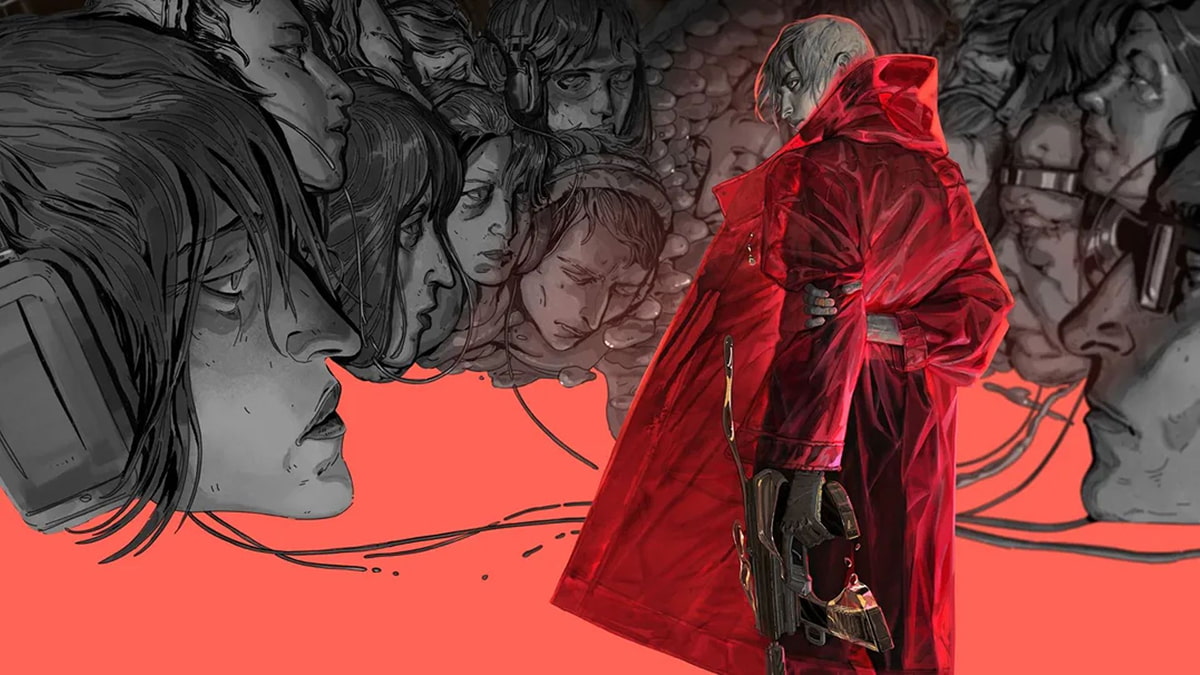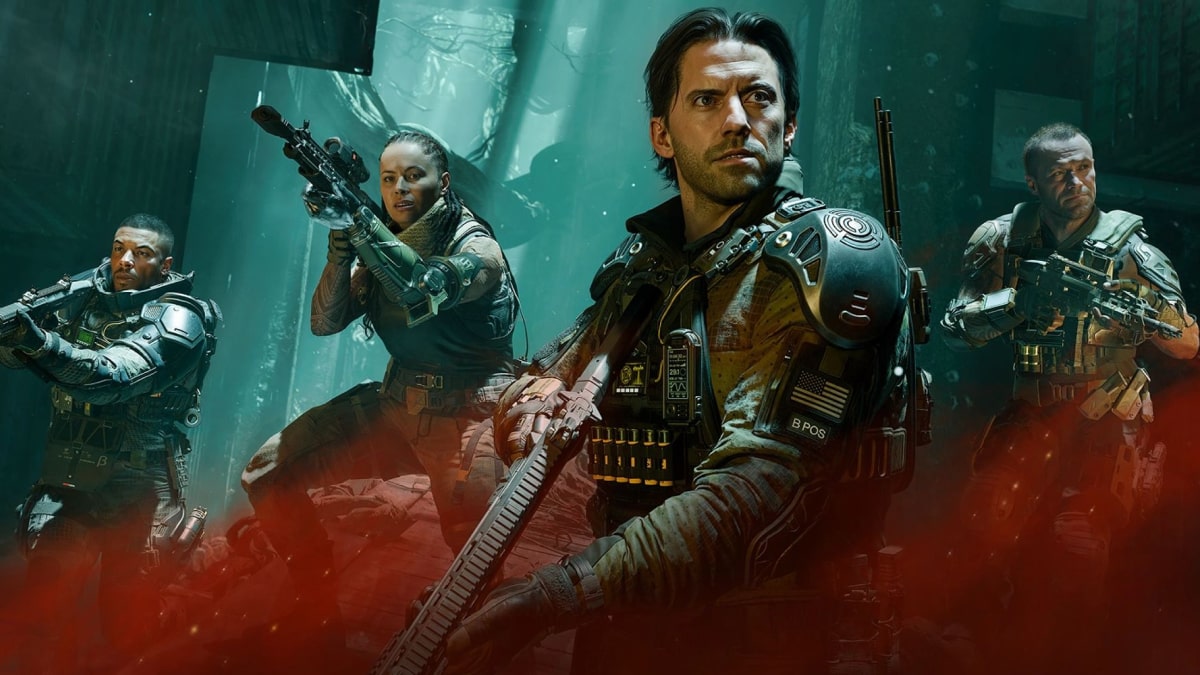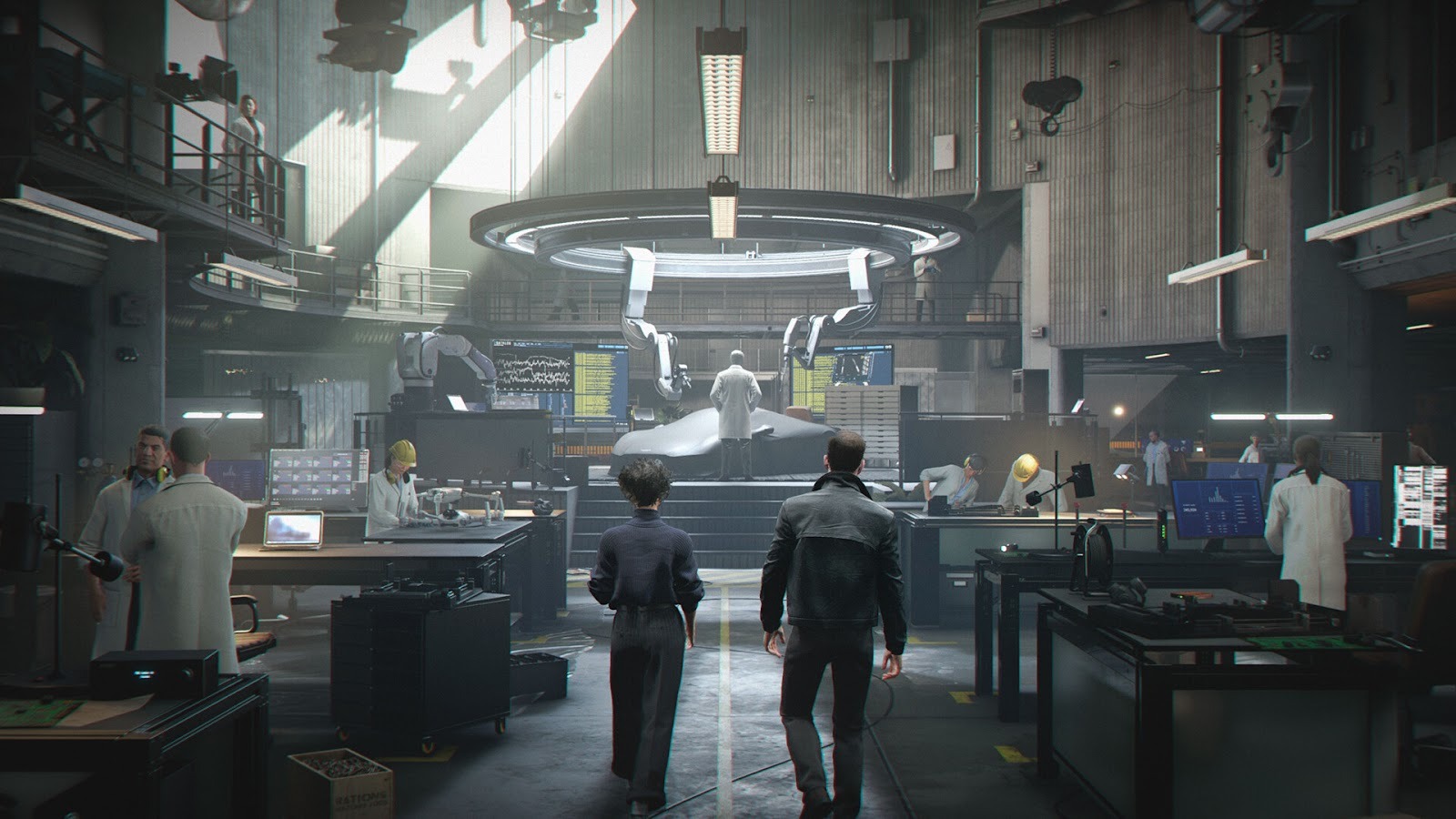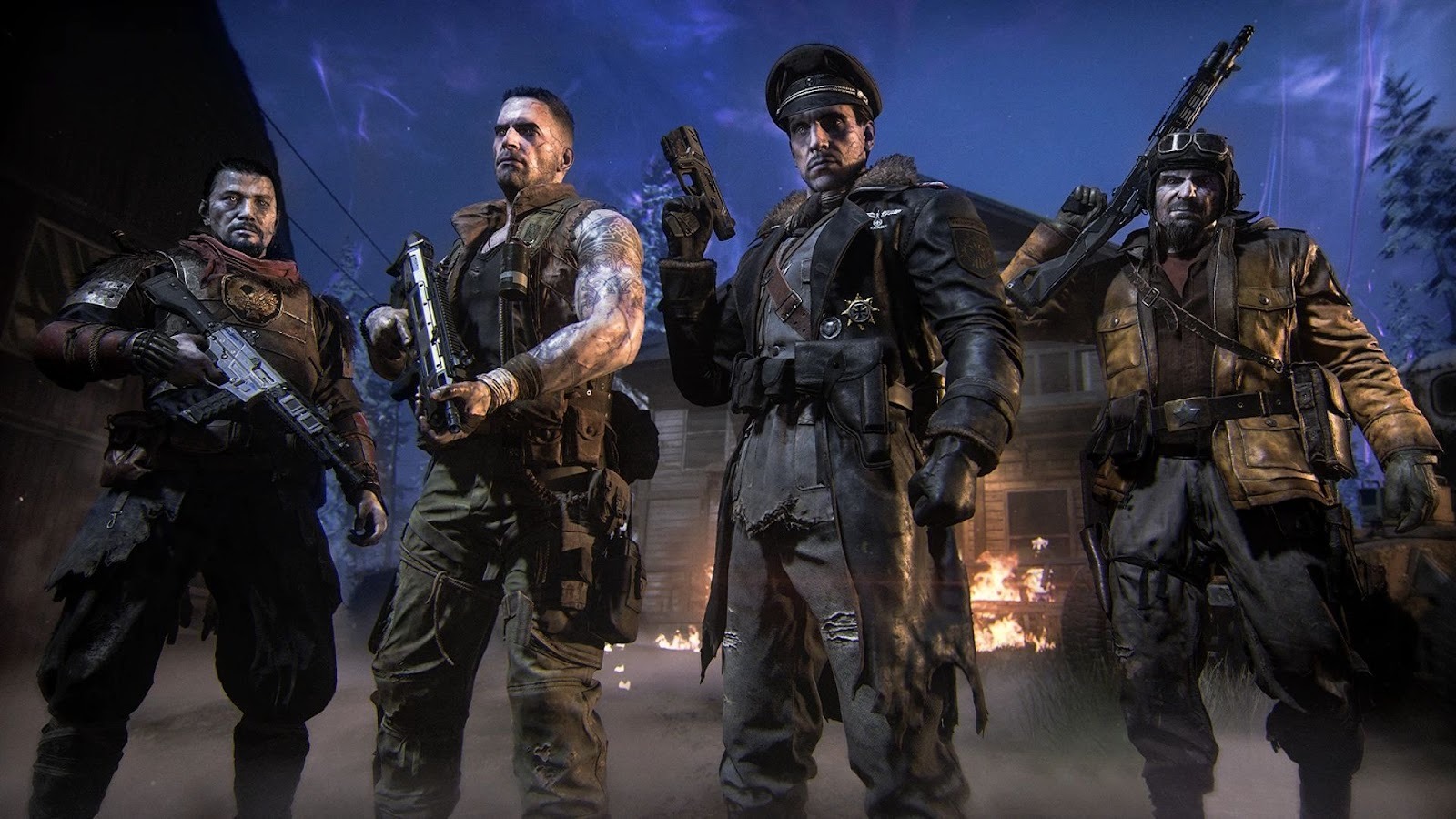You can trust VideoGamer. Our team of gaming experts spend hours testing and reviewing the latest games, to ensure you're reading the most comprehensive guide possible. Rest assured, all imagery and advice is unique and original. Check out how we test and review games here
Next Stop… Sony Station Exchange!
/https://oimg.videogamer.com/images/f088/everquest01.jpg)
Something had to give, and, funnily enough, it did this week when Sony revealed their Station Exchange, stunning MMOG players across the globe. It will open late June, letting players of EverQuest 2 buy and sell in-game cash, items and characters via the very bosom of the Japanese mega-corp itself.
The announcement has shocked many industry experts, purely because Sony’s battle to prevent players selling their swords and high level characters on eBay for hundred of dollars was fought so vehemently. Now, it seems, they’ve finally realised that resistance is futile and are attempting to regulate it themselves. So, if you can’t be bothered spending two months levelling up a character, just buy one instead. Of course, you could have done this already, but now, with the Station Exchange, it’s fully regulated, legal (was it ever illegal?) and with the full support of Sony’s service team.
Of course, the official line from Sony bigwigs is that they’re trying to stop fraudulent trading. In a statement issued to EverQuest players, John Smedley, president of Sony Online Entertainment, said it was setting up the marketplace to stop people being ripped off when they buy game goods online: “Dealing with fraudulent transactions of one type or another takes up roughly 40% of our customer service people’s time,” commented Smedley. “We believe that by taking this course, we will free up a great number of resources to deal with other things for our players.”
Although it will only apply to Everquest 2 players, if successful, you’d imagine that most publishers of MMOGs will follow suit with similar initiatives. You can see why too. Sony say players who don’t want to interact with ‘eBay buyers’ can use non trade servers, thus avoiding ‘farmers’ who take over areas they are cultivating for the specific goal of selling whatever it is they are farming to the real world. There is, however, a very cynical view that anti-Sonyites have expressed this week – and that’s the opportunity for them to make a mint off of regulated trading. There’s been a tonne of discussion from videogame academics already, but, as far as I can tell, little input into the debate from the players of EQ2 themselves.
Well, I don’t play EQ2, but I do play World of Warcraft. Stick the game title into eBay and you’ll find gold for sale and high level characters on almost all the realms. I’ve never come across a situation where my in-game experience has been soiled because of farming. Now that I’ve worked my way up to a high level character, I do see why many would want to buy one straight up and dive into the good stuff. However, the experiences I’ve had with my guild mates, the fun, wonder, amazement and socialising I’ve enjoyed just getting to that point are worth the subscription fee alone. I think that’s worth two months of your life, rather than a day’s wages.
Either way, whether you support trading virtual goods or not, it’s there for all to see, and is a million dollar economy in itself. It’s as valid a part of a MMOG community as the huge cities where players gather to socialise. It’s a phenomenon that’s growing and growing, and a fascinating one to boot. I’d support a similar initiative from Blizzard for World of Warcraft, but if I found they were taking a cut, I’d slaughter them. I pay my subscription every month, have worked bloody hard to get my grubby Night Elf mitts on that Rod of Resurrection, and I’ll be damned if anyone’s gonna take a slice out of my profits. I doubt Everquest 2 players will be any more forgiving come June.
Let the slaughter begin! PVP honour system goes live in WoW
/https://oimg.videogamer.com/images/ac59/worldofwarcraft.jpg)
Staying with the MMOG theme, there was some massively important news for World of Warcraft aficionados this week. Players who woke up on Friday morning and fancied an hour’s grinding before work will have been greeted by a patch to download (it took me two hours!). Apart from a few tweaks to the various classes, the biggest new feature is the PvP Honour system.
Let me explain. Player vs Player combat is available to all anyway (for those on PvP servers of course). There’s nothing stopping you, as a holy Night Elf priest, attacking an Undead Rogue whenever the fancy takes you. Until yesterday, however, there was nothing to be gained from the carnage other than honour and glory (and perhaps revenge, bullying, release of frustration built up by terrible lag…etc). And, generally, you left well alone if there was no need for it. Now, though, there’s cool stuff to be had from honourable kills.
Honourable kills, Blizzard have decided, are any kills whatsoever; you just get more honour points for killing another player around your level, rather than a level 5 newbie. Your points build up, and you earn a rank. Once a certain rank is obtained you’re given beautiful new armour sets, amazing mounts to travel on and fantastic swords to slice open Orc flesh with. Fantastic stuff you might think. I’d agree, since PvP is what I bought the game for in the first place, but there are some serious issues and problems that this new Honour system brings to the World of Warcraft universe. Since there’s no dishonour system (i.e., you don’t get negative points for killing players a million levels below you) there will be a lot of ganking (the killing of players a million levels below you).
There has already been an outcry from the US, where this patch has already been implemented. Now, nowhere is safe. Contested areas have become killing fields and soloing on quests is nigh on impossible. It might be great fun for high-level players, but makes the game disgusting for new players. Should Blizzard care? They readily admit they can’t cope with many new players, so might not be too bothered if newbies leave for good. The phenomenal success they are enjoying is unlikely to be affected by the PvP rule. They will, of course, tell complaining newbies to use the fluffy Sesame Street non-PvP servers instead.
I’ll see first hand how this affects the game dynamic. I expect much bloodshed. One thing I can guarantee, though, is that existing players will not leave the game. MMOG players are the most loyal and dedicated in the world. So fanatical are they in their devotion that publishers of these games can treat them like dirt and get away with it. They will worship them no matter what. If this PvP Honour system proves a massive mistake, or they refuse to implement a dishonour system, Blizzard can breathe easy. No one’s gonna give up this drug, no matter how unhealthy it is.
Retro gaming is resurrected
/https://oimg.videogamer.com/images/4cb0/qbrt.jpg)
There are some games that transcend the unforgiving nature of time. They grow old gracefully, revealing new caveats to their message, new features and wonderment to unsuspecting generations, old and new. These games, undoubtedly classic, fear little from an Xbox 360, Sony PSP or Nintendo DS. They exist as examples of gameplay purity, unblemished in an increasingly commercial world. You can play them in the present and they will be as fantastic as they were ten, twenty years ago.
Most retro games though, are crap. Whenever I see a clip from those old children’s television shows like Dungeons & Dragons, Transformers, the original Teenage Mutant Hero Turtles and He-Man, nostalgia glosses over the obviously poor quality animation we loved as kids. I refuse to watch them now because I know that if I do, I’ll realise how rubbish they really are and all my fond childhood memories will be tragically destroyed in one huge cataclysmic explosion, like Alderaan in Star Wars.
And so, when I first heard about the Classic Gaming Expo UK last year, I reacted with a hint of animosity. What’s the point I thought? All these middle aged white people with their cars stuffed with cables, dull beige computers and hundreds of games twitching uncontrollably at the thought of being in the same building as some forgotten Brit developer – not for me! I went along anyway, though, and it was exactly how I predicted. Except, funnily enough, it was also fun.
It’s amazing to think of exactly how many games have been published globally. Millions. I think most of them must have been at the first CGEUK. Also there, (although I think he left his mind behind) was Matthew Smith, legendary developer of retro games Manic Miner and Jet Set Willy, who gave a hugely entertaining and interesting talk on his life. This guy is the Ozzy Osbourne of the gaming world. After famously blowing all his money on sex, drugs and rock’n’roll, he disappeared without a trace. It’s a credit to event organiser Chris Millard that he found him and got him to Croydon’s Fairfield Halls last year.
In any case, the CGEUK returns in 2005 on Saturday August 13. I’m not going to play the hundreds of retro games they have on show, or the ancient arcade cabinets they’ve got on display, but I’m going to hear Matthew Smith again, Andy Nuttall (and some of his Bullfrog colleagues) and Archer Maclean. It’s interesting and hugely important to sample where gaming has come from. It helps us understand gameplay in its purest sense, from a time when limited memory meant developers really developed. But to suggest retro games are better than today’s electronic entertainment offerings is going a little too far.
Oddworld no more
/https://oimg.videogamer.com/images/2d37/oddworld1.jpg)
When Lorne Lanning and Sherry McKenna, founders of Oddworld Enterprises, abandoned the movie business for the up and coming games industry, it was seen by many as a sign of the times, a sign that games were now the coolest entertainment gig in town. Unfortunately, in a move that has as much to do with what’s wrong with the games industry as what’s right, Lanning has shut down his 60 person development studio out in sunny California and hightailed it to the Bay Area, right next door to Pixar. That’s right kids, Oddword games are no more, Lanning’s gone back to the glitz and glamour of Hollywood.
So, inevitably, why? Well, as he told the Hollywood Reporter: “As game production costs rise, publishers want more sure bets because with rising costs come rising risks. What we see is an industry which is rapidly discouraging innovation because people don’t want to take chances on more innovative types of titles.”
Depressing stuff huh? It gets worse: “We closed the studio because of what the realities of the marketplace are. There is currently only one financing model in the games industry, and that is that the publisher pays for the entire game; it handles the manufacturing, the marketing, the distribution, the advertising, practically everything, much the way it used to be in Hollywood pre-United Artists. But, as the film industry matured, it took on a more sophisticated financing structure. Today, for example, studios don’t pay for a movie by themselves. They pay a percentage and then other parties pick up the other 66%; it’s usually a three-party investment package. But not in the games industry.”
Feel like throwing yourself out of a window yet? If not, this might just tip you over the edge: “Video game systems aren’t being designed to be conducive to development, creativity, or content. They’re being designed to be cheaper for manufacturing. If movie cameras were made that way, you’d have a rebellion in Hollywood. But this isn’t Hollywood and it isn’t a movie camera; it’s a videogame system and the public wants basically a $1,000 box but only wants to pay $150 for it.”
Harsh words for an industry that needs a kick up the backside. While Oddworld games are no more (well, at least from Lanning himself. Externally developed games haven’t been ruled out), Lanning’s thoughts might just help games improve as a whole, in which case, he’s done us game lovers a favour. More likely, and depressing, is the fact that nobody will listen to him one bit, despite everything he’s said being perfectly true. Will other game companies follow suit as the transition from the current generation of consoles to the next starts to bite? Sometimes I do despair, I really do. Oh well, I suppose we can look forward to Abe in his own movie.
This week’s new releases
It could well have been an expensive week for some of you, particularly if you are an Xbox owner. Friday saw the release of two of this year’s biggest Xbox games: Jade Empire and Unreal Championship 2: The Liandri Conflict. Jade empire is an action RPG from Bioware, the firm behind the original Knights of the old Republic, and Unreal Championship 2 is the first Unreal game to be designed specifically for the system. Both games will be getting the Pro-G review treatment next week, but early impressions are very good.
Another title that is worth your attention is Lego Star Wars. Despite being a pretty simple game and obviously designed for a younger audience, there is something about Star Wars and Lego that appeals to almost everyone. If you are young at heart it’s hard to not enjoy something this lovingly made. Castle sim fans (I assume you do exist) will no doubt be pleased at the release of Stronghold 2 and Ninty fanboys (I’m sorry) will no doubt want to get their hands on Yoshi’s Universal Gravitation, despite reports that the game is a little underwhelming.
- Freedom Force vs. The Third Reich (PC)
- Jade Empire (Xbox)
- Lego Star Wars: The Video Game (PS2, Xbox, PC, GBA)
- Rugrats All Grown Up! Express Yourself (GBA)
- Stronghold 2 (PC)
- Unreal Championship 2: The Liandri Conflict (Xbox)
- World Fighting (PS2)
- Yoshi’s Universal Gravitation (GBA)
